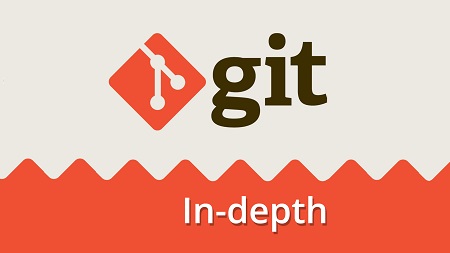
English | MP4 | AVC 1920×1080 | AAC 44KHz 2ch | 4 Hours | 4.13 GB
We’ll start by talking about productivity tools that will save time and reduce frustration when working with git repositories. Next, we’ll deep dive into areas of git you may already be familiar with, such as the staging area, commits, and branches. I’ll explain how these features are implemented under the hood, and how they fit in with the greater philosophy of git. We’ll cover what’s in the .git/ directory in your projects. Now that you know how these features work, we’ll cover common git errors along with concrete examples for fixing common mistakes.
Then, we’ll cover forks and remote repositories. We’ll discuss merging and rebasing, and the advantages and disadvantages of each approach. I’ll explain tips and tricks to make combining, splitting, deleting, or amending commits straightforward and easy to follow. We’ll explore commits and talk about the git log before diving into the ‘Danger Zone’ — what happens when you re-write history and end up losing or overwriting work. We’ll move on to advanced features like cherry-picking, advanced stashing, and an example of how powerful git bisect can be.
We’ll spend some time talking about customizing your git configuration for maximum productivity. We’ll also talk about git commit hooks – scripts you can run before or after events such as commit, push, and receive. We’ll go over examples of hooks that you can start using in your own codebase today.
Lastly, we’ll spend time covering some of the advanced features of GitHub. We’ll discuss how to integrate continuous integration tools like Travis CI into your repository. We’ll end class by discussing the GitHub API and how it can be used to simplify and automate your workflows. For our final exercise, we’ll demonstrate how to listen to notifications and trigger events, and build a small sample application that makes use of the GitHub API.
Resolve the captcha to access the links!